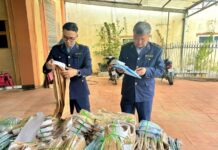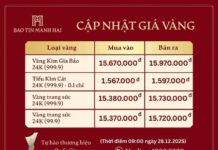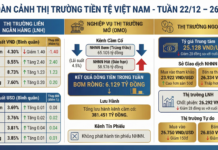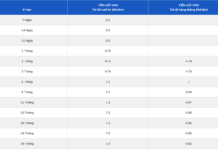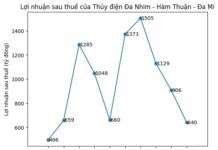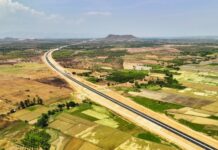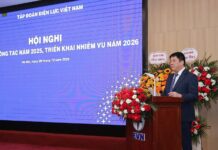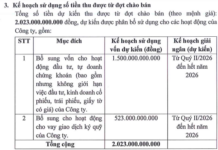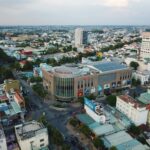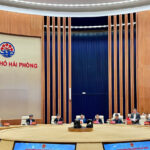Many investors are not recognized due to a “stumbling block” in residential land regulations.
In a recent interview with VTV Times, Mr. Le Hoang Chau, Chairman of the Ho Chi Minh City Real Estate Association, shared that the Government Office has issued a document conveying the opinion of Deputy Prime Minister Tran Hong Ha, concluding, “Regarding the pilot scheme for implementing commercial housing projects through agreements on receiving the right to use land or having the right to use other land. The Ministry of Natural Resources and Environment shall gather opinions from ministries, sectors, localities, and related associations before March 10, 2024; at the same time, submit the dossier to the Ministry of Justice for appraisal and proposal for the construction of a National Assembly resolution to be submitted to the Government for approval.”
This is welcome news for the real estate market as, over the past years, hundreds of commercial housing projects have not been recognized or unable to carry out investment procedures because investors have the right to use “non-residential land.” This situation has led to a shortage of project supply, resulting in a scarcity of commercial housing, continuously pushing up housing prices, and exacerbating the “imbalance” in the market.
A typical example is in Ho Chi Minh City, where about 20 commercial housing projects (accounting for approximately 15% of the total number of commercial housing projects in the area) are not recognized as investors because investors have the right to use “non-residential land.” Mr. Le Hoang Chau cited the case of a real estate company that won the auction for a factory land in Binh Tan district with an area of over 6 hectares located in an area planned for high-rise development. However, the “absurd” thing is that this real estate company is also not recognized as an investor in the commercial housing project of high-rise apartments because the current status of the land they won at the auction is “non-residential” land.
Another case in Binh Dinh province involves the permission to adjust the master plan of an industrial park with a scale of 3,000 hectares. After the reduction, more than 1,000 hectares were converted into urban service areas, including commercial housing. In reality, three enterprises have acquired the transfer of this 1,000-hectare land to implement commercial housing projects in line with the approved land use and construction planning. Nevertheless, none of these enterprises have been recognized as investors in commercial housing or urban projects because they also fall under the category of investors with the right to use “non-residential land.”
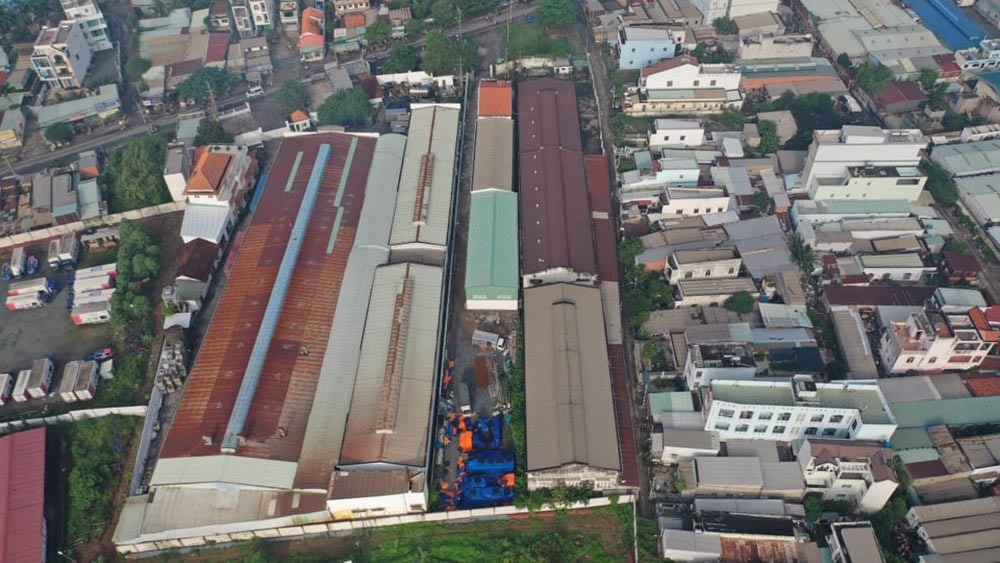
Affordable housing for low-income earners has been absent from the market for many years.
Hoping to soon eliminate the shortage of low-cost housing supply.
In reality, since the implementation of the regulations in Point C, Clause 2, Article 22, and Clauses 1 and 4, Article 23 of the 2014 Housing Law, there have been consequences in the period 2015-2020, with many commercial housing projects unable to be implemented or unable to carry out investment procedures nationwide. This has led to a shortage of project supply and, consequently, a scarcity of commercial housing, continuously pushing up housing prices. It has also resulted in a dominant segment of high-end housing in the market, while the type of affordable apartments suitable for the financial capacity of the majority of middle and low-income earners has disappeared.
This situation has negatively impacted the goal of ensuring social housing welfare and caused significant losses to enterprises that have invested substantial capital in land funds, facing “capital burial” for many years due to the inability to implement commercial housing projects.
In Ho Chi Minh City alone, from July 2015 to December 2020, there were 170 commercial housing projects, but only 44 had been recognized as investors before the 2014 Housing Law took effect. The remaining 126 projects were not recognized because the investors had “residential and other land” or “non-residential land.” These commercial housing investors have suffered significant losses as they have invested substantial capital in land funds that conform to land use, construction, and urban planning but have been unable to implement their projects, leading to increased capital and lost business opportunities.
According to Mr. Le Hoang Chau, if the pilot case is approved by the National Assembly, it will guarantee investors’ rights, increase the supply of projects and commercial housing products, and play a market regulation role. The increased supply will force investors to restructure their housing products according to market signals to gradually address the shortage of medium and low-cost housing, providing opportunities for middle and low-income earners to own homes and promoting the safe, healthy, and sustainable development of the real estate market.





